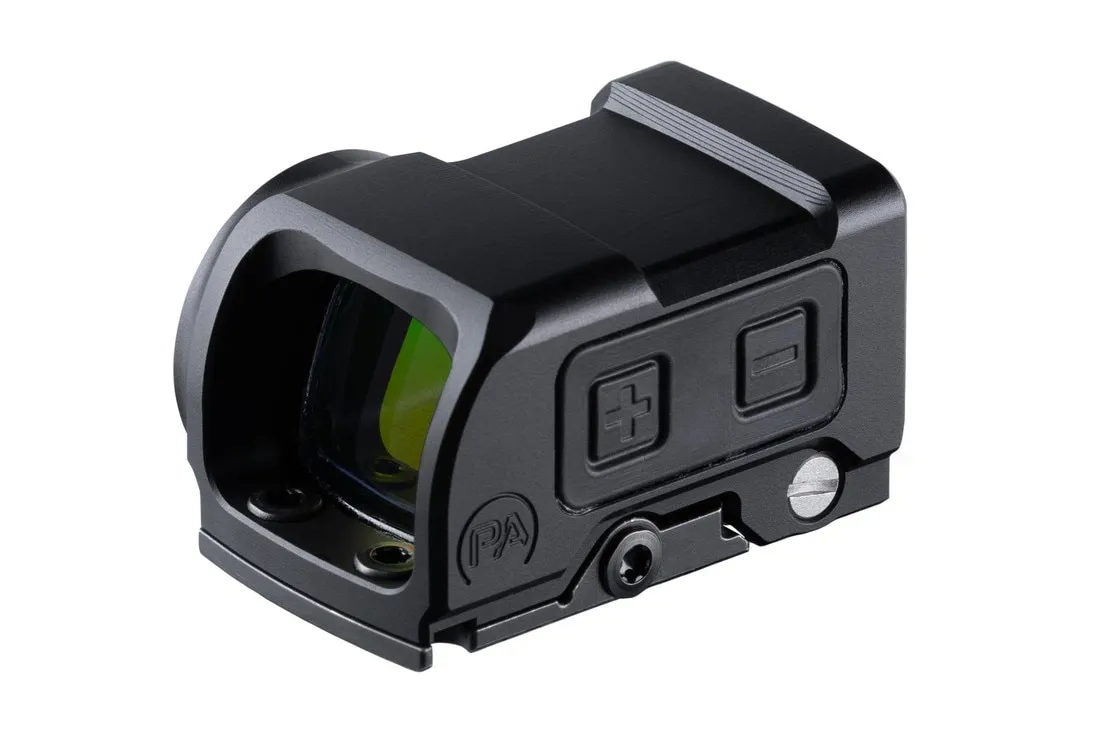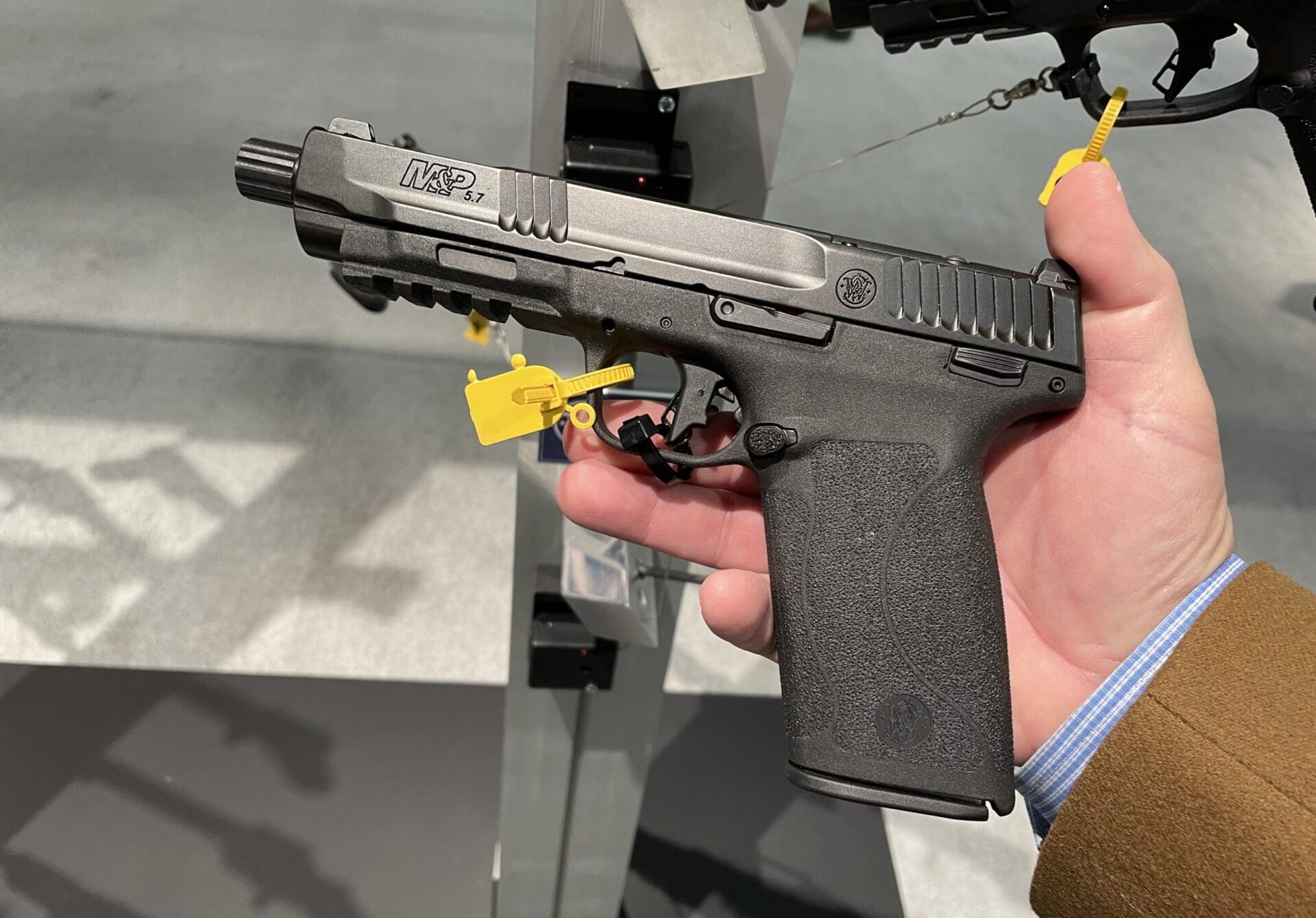
Duracoat has figured out how to package their polymeric guns coatings in a single aerosol can. This will make it much simpler to apply, but it’s time to revisit how Dura-ble that Dura-coat really is. Luckily TTAG has a long-term Duracoat test in process: I gave this parts-kit AK-74 a Duracoat ACU camo job almost two years ago. It’s not my rifle any more, but it went to a good home and its new owner even brings it over to play once in a while . . .
Scratch Protection

Despite being treated with anything but kid gloves, this rough-use AK shows almost no new surface wear since getting the Duracoat treatment. It seems impervious to ordinary dings and scratches, but repeated metal-to-metal wear has completely removed the Duracoat from the magazine catch, safety sweep, and the rear corner of the ejection port. This photo (above) shows where the hammering from 800+ ejected steel cases has worn the edge of the dust cover back down to bare metal. It also shows how the safety lever detent has etched its arc of travel into the Duracoat of the receiver.

Properly-made AK magazines have a steel protrusion at the top rear, which locks into the rifle’s stiffly-sprung magazine catch. AK’s have legendary magazine retention, and all of this steel-on-steel abrasion has mostly removed my Duracoat attempt. Looking back to my original post, I acknowledge at the time that I didn’t do a great job of prepping or shooting the magazine catch area. This is an extremely high-wear part, and I can’t say if even perfectly-applied Duracoat would last very long.
A few more specks of Duracoat have flaked off from the rubberized pistol grip, which I really didn’t know how to prepare properly when I applied it.
Corrosion Resistance
From the appearance of this almost 2 year-old surface treatment, I can’t imagine that it could ever rust unless the Duracoat were chipped off first. That’s pretty hard to do.
Heat Resistance

Duracoat is said to be susceptible to darkening when it’s exposed to extreme heat above 500 degrees Fahrenheit, and I expected the barrel and gas tube to be cooked a deep brown after 800 rounds. This AK tends to be shot quickly, 30 or 60 rounds at a time between cool-downs, and most shooting trips include at least one brief episode of bump-firing silliness. The barrel and gas block basically get hotter than hell.
And the Duracoat basically doesn’t give a damn. The Ultimak gas tube has the same colors as the day I sprayed it, as is the barrel. Most of the darkening you see in this picture is just carbon fouling, but the Duracoat has permanently darkened the area around the vent holes in the gas block.
The muzzle brake gets awfully hot, and it has also kept its ACU colors except for the very muzzle end where it’s a little darker. It fouls quickly when you shoot filthy 7N6 ammo anyway, so you can’t tell where the soot ends and the darkened Duracoat begins until you clean it.
Conclusion: It’s Good Stuff.
Even when applied by a rank novice, this Duracoat job looks *almost* the same after 800 rounds and nearly two years of use. It doesn’t last long under repeated metal-on-metal wear and it’s got a tentative relationship with this rifle’s rubbery pistol grip, but it shrugs off moisture and scratches that would quickly trash a blued or phosphated metal finish. Despite my initial concerns, Duracoat seems to have no problems with the heat generated by ordinary run-and-gun shooting.








Betcha a million bucks you can find plenty of Planned Parenthood ads in those same locations, though.
I’ve always wanted a lever gun. Just not a Henry, no matter how “purty” they may be. I’ve had my eyes on various Ubertis–if and when the money permits. and when I can figure out which model of the Winchester I want–or maybe it’s that colt Lightning….
post a pick of the muzzle brake close up.
I use Krylon on my rifles. The chipped/flaking look gives me real operator cred.
Or, as one of my instructors once put it, “My rifle is a dirty bitch…just how I like my women.”
Where is the gun? ACU works so well.
“Shall not be infringed.” It is a good thing republicans have control of the house.
Not so much on the God side but overall…. Yes, I am.
Amen! Preach!
I don’t know whether to heap on the ridicule or actually feel sorry for these silly window lickers. You’d have to be semi-retarded to come to a gun fight in a parking lot in a ghillie suit. As for all the pointing of guns and over doing the gear; it suggests to me a group of men who seriously doubt their skill and readiness. When you see men who are confident in their abilities they appear considerably more casual and natural than these jokers. A bunch of children playing army is what these guys look like. It’s hard to be intimidated by that.
I wonder how many hundreds of thousands of overtime hours myself and countless other taxpayers fund for this nonsense?
I am not being a hater but given my current (and most likely future) financial situation, I do not have the money to purchase my LE with the SWAT upgrade.
Make sure it fits the first time, because it will be a bitch to alter
Convenience stores have been held up with a LOT less than a double-barrel shotgun. Also, the majority of violent crimes don’t involve a firearm. Why not campaign to ban anything sharp too? Finally, the entire invention of, creation, and operation of a “firearm” has been around long enough that your average joe with access to a hardware store and the internet can craft his own firearms.